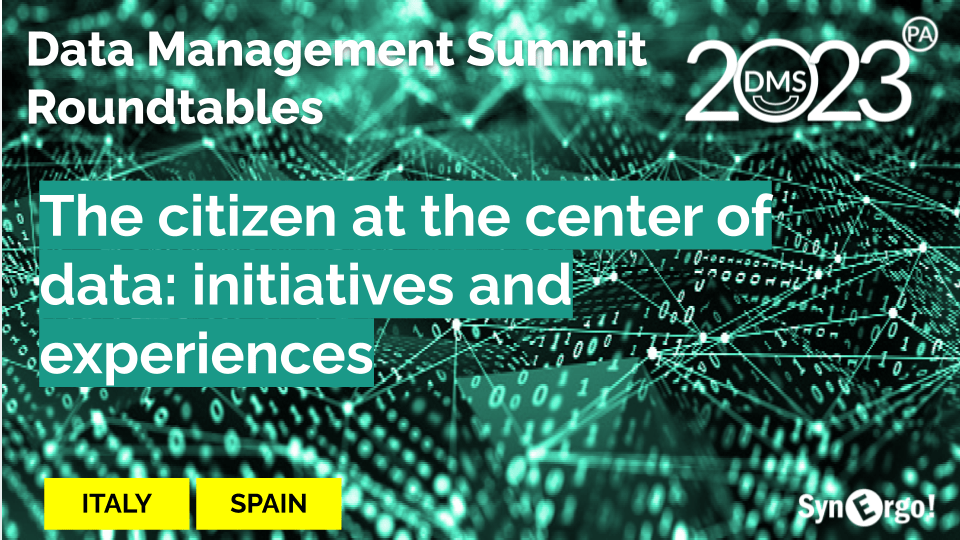
The citizen at the center of data: initiatives and experiences (PA Event)
Providing services to citizens is at the core of what most public administrations do. Tasks such as paying taxes, renewing a driver’s license and applying for benefits are often the most tangible interactions citizens have with their government. Services are therefore fundamental in shaping trust and perceptions of the public sector. When we talk about interactions we are obviously talking about data that needs to be moved and consolidated in different systems ensuring privacy, quality and efficiency. Because citizens expect more transparent, accessible and responsive services from the public sector. And those expectations are increasing. Many governments have made efforts to improve service delivery through online portals or “one-stop shops” such as centralized call centers, but they are still unable to meet public expectations. Many citizens continue to be frustrated by cumbersome or confusing websites and often fail to complete their application in toto. Without data and process optimization, public administrations face increased costs associated with delivering services through multiple channels.
A “citizen journey” is the complete experience a person has when seeking government service. The journey has a distinct beginning and end and, because it is often multi-touch and multi-channel, it is also cross-functional in nature. The citizen journey is based on how people think about their experience, not how government agencies think about it. Turning this perspective around is one of the main issues, seeing the world as the citizen sees it, getting at the center of this perspective and using the capabilities of technology to be able to be effective, efficient and at the same time be able to map out all the processes and track everything correctly.
According to a study by McKinsey, “Transforming service delivery is not easy, but there is a clear and proven roadmap for success. By taking a citizen-centric approach, leaders can better understand their citizens’ needs and translate them into targeted and effective improvements in service delivery. In this way, they can increase citizen satisfaction and reduce costs.”
As a good practice, a benchmark is Estonia: From the requirement to create a national integration platform to reduce data exchange costs and end data leakage from current unsecured databases. The X-Road program has been generated and has become the backbone of e-Estonia, allowing the nation’s public and private sector information systems to connect and work in harmony. Ninety-nine percent of public services are accessible online 24 hours a day.






























